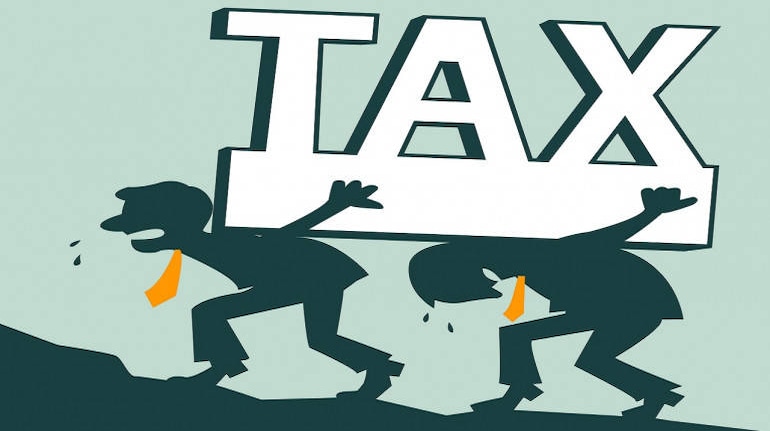



The gratuity amount you get is taxable. However, the tax is deducted over and above the exempt limit. In a welcome move for long-serving private employees, the Union Cabinet has doubled the approved ceiling limit for gratuity payouts from Rs 10 lakhs to Rs 20 lakhs. This amendment means you can get a tax benefit up to the cap of Rs 20 lakhs at the time of leaving your company after completing five years or more or at the time of retiring.
What is a gratuity and when can it be paid?Gratuity is the payment made by an employer to an employee working in a company, firm, factories, etc. The amount is paid in the event of superannuation, retirement, resignation or death. The act is applicable where 10 or more persons are employed and even if the strength falls below 10, the act continues to apply to remaining employees. To be a beneficiary, one needs to be in continuous service of not less than 5 years. However, few companies do pay gratuity benefit even during the 5th year without its completion but then an employee needs to complete a specific time period in a company.
“Some years back, the Supreme Court had adjudged that an employee serving 240 continuous days in the fifth year would be eligible for a gratuity payout, despite not technically having completed a full five years. Even today, most companies make gratuity payouts even if an employee has completed 4 years of continuous service, followed by 240 continuous working days in the 5th year, ” said Mayank Bhatnagar, Chief Operating Office, FinEdge.
Also, in the event of death or disablement, gratuity is paid even if an employee has not completed a continuous service period of 5 years. In such case employee’s nominee or legal heir gets the benefit. If one wants to nominate a legal heir, a form F needs to be filled while joining the company.
How the new rule can benefit retireesAs per the recent government order, the maximum gratuity under section 4(3) of the Gratuity Act, that can be tax exempt is Rs 20,00,000. Chetan Chandak, Head of Tax research, H&R Block has explained it briefly by putting up an explanatory example below:
Income Tax Exempt calculation on Gratuity payment| Assumptions: | |
| Last Drawn Monthly Salary | 2,00,000 |
| No of Years of Service | 20 years 8 months |
| Actual Gratuity Received | 25,00,000 |
The formula to calculate gratuity amount = Last drawn salary of 15 days x Number of years.
This equals 15/26 x last drawn salary x Number of years; where 26 is a total number of days in month excluding Sundays.
| How much tax you would save after recent amendment to Payment of Gratuity Act | ||||
| Calculation of Exemption | Post Enhanced limit | Before Enhanced limit | ||
| Amount (Rs) | Calculations | Amount (Rs) | Calculations | |
| Gratuity Payment = Last drawn salary x number of years of service x 15/26. | 2423077 | 200000*15/26*21 | 2423077 | 200000*15/26*21 |
| Max tax exempt amount | 2000000 | 1000000 | ||
| Actual Gratuity Received (rounded off) | 2500000 | 2500000 | ||
| Exemption (Lower of above 3) | 2000000 | 1000000 | ||
| Taxable Gratuity | 500000 | 1500000 | ||
| Tax Payable @ 30.90% | 154500 | 463500 | ||
| Tax Saving | (309,000) | |||
| Note: Fraction of year of service in excess of 6 months should be considered as 1 completed year | ||||
Under the Act, the least of the following amount is exempt from Tax:
=>Last drawn salary x number of years in employment x 15/26
=>Rs 20,00,000 (After Amendment) / Rs 10,00,000 (Before Amendment)
=>Actual gratuity received
For calculating gratuity, last drawn salary includes basic and dearness allowances. Also, the number of years in service gets rounded off to the nearest full year. For example – if you have worked in a company for 20 years and 4 months, the number of years of employment will be considered to be 20 years. And if you have worked for for 20 years and 8 months in services, the number of years of employment will be considered to be 21 years.
As per the above table, before the amendment, the amount that would be exempt from tax would have been Rs 10,00,000 and the remaining amount of Rs 25,00,000 – Rs 10,00,000 = 15,00,000 would have been taxable. Total tax paid by him would be 4.63 Lakh. However, after the amendment, the employee would be to save tax of Rs 3.09 lakh at the time of retirement.
Discover the latest Business News, Sensex, and Nifty updates. Obtain Personal Finance insights, tax queries, and expert opinions on Moneycontrol or download the Moneycontrol App to stay updated!
Find the best of Al News in one place, specially curated for you every weekend.
Stay on top of the latest tech trends and biggest startup news.